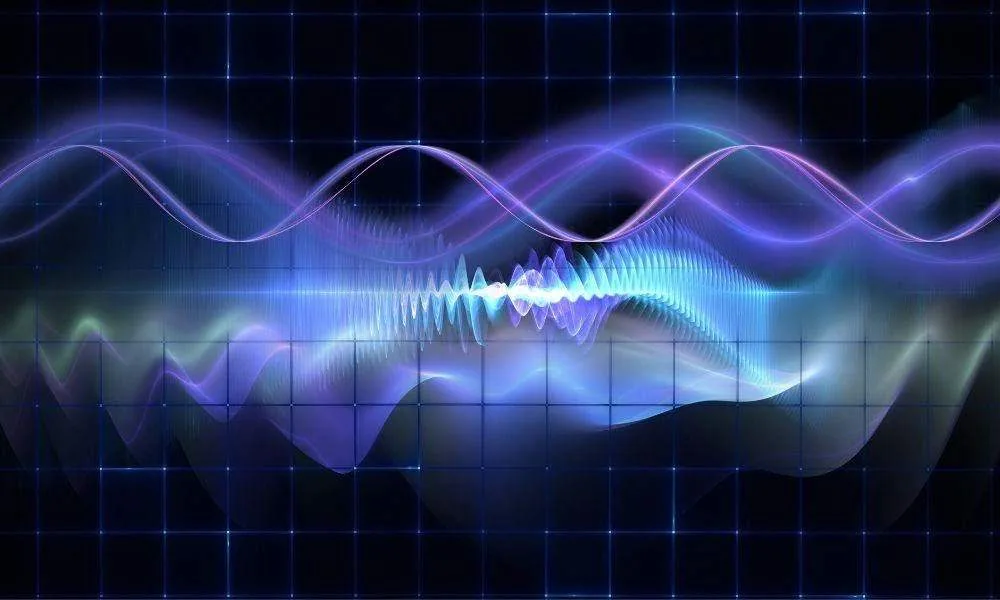Electromagnetic interference (EMI) is a phenomenon that can cause major problems in electronic devices. It refers to the interference caused by electromagnetic radiation from one device that affects the operation of another device. EMI can cause a wide range of issues, including signal distortion, data loss, and equipment failure.
In this blog post, we will explore EMI in more detail, including its causes, effects, and ways to prevent it.
Causes of EMI
There are many potential sources of EMI. Some of the most common sources include:
- Electromagnetic radiation from other electronic devices
- High-power radio and TV transmitters
- Electrical storms and lightning
- Electric motors and generators
- Switching power supplies
- Fluorescent lights
Effects of EMI
EMI can cause a range of effects, depending on the device and the level of interference. Some of the most common effects include:
- Signal distortion: EMI can cause distortions in electronic signals, leading to reduced signal quality and accuracy.
- Data loss: In extreme cases, EMI can cause data loss in electronic devices, resulting in lost information and reduced functionality.
- Equipment failure: In some cases, EMI can cause equipment failure, leading to costly repairs or replacements.
- Safety hazards: EMI can also create safety hazards, such as interference with medical equipment or interference with aviation and communication systems.
Preventing EMI
Preventing EMI is crucial to ensuring the proper functioning of electronic devices. Here are some tips to reduce the risk of EMI:
- Shielding: One of the most effective ways to prevent EMI is to use shielding materials such as metal shields, conductive coatings, or cables with built-in shielding.
- Grounding: Proper grounding of electronic devices and equipment can help reduce the risk of EMI. Grounding provides a path for the electromagnetic energy to discharge, preventing it from causing interference.
- Filtering: Installing filters in electronic devices can help to reduce EMI. Filters work by attenuating unwanted frequencies and can be especially effective when dealing with high-frequency EMI.
- Separation: Separating electronic devices can help to reduce the risk of EMI. Keeping devices as far apart as possible can help to reduce the amount of electromagnetic radiation that one device can pick up from another.
- Proper installation: Proper installation of electronic devices and equipment is crucial to reducing the risk of EMI. Ensure that all cables are correctly connected and that devices are installed according to the manufacturer’s instructions.
The sources of EMI
The sources of EMI can be varied and include natural phenomena such as lightning, as well as man-made sources such as electric motors and generators, fluorescent lights, high-power radio and TV transmitters, and other electronic devices.
EMI can occur in any environment where electronic devices are present, such as homes, offices, hospitals, factories, and even airplanes.
One of the most common effects of EMI is signal distortion, which can result in reduced signal quality and accuracy. In digital devices, EMI can cause bit errors or data loss, which can be especially problematic in critical applications such as medical equipment, aviation, and communication systems.
In extreme cases, EMI can cause equipment failure, which can result in significant downtime and lost productivity.
To prevent EMI, several measures can be taken. One effective approach is shielding, which involves the use of metal shields, conductive coatings, or cables with built-in shielding to protect against electromagnetic radiation.
Grounding is another important technique, as it provides a path for electromagnetic energy to discharge, preventing it from causing interference. Filtering can also be used to attenuate unwanted frequencies and reduce the risk of EMI.
Separating electronic devices can help to reduce the amount of electromagnetic radiation that one device can pick up from another, and proper installation of electronic devices and equipment is crucial to reducing the risk of EMI.
Electromagnetic Interference and the weather
Electrical storms and lightning are a significant source of EMI. Lightning generates a massive amount of electromagnetic energy, which can be picked up by electronic devices, leading to signal distortion, data loss, and even equipment failure.
Lightning can also cause power surges and voltage spikes, which can damage electronic devices, leading to costly repairs or replacements.
Other weather-related factors can also contribute to EMI. For example, high humidity can cause condensation on electronic components, leading to short circuits and other electrical problems.
Similarly, temperature fluctuations can cause the expansion and contraction of electronic components, leading to physical stress that can result in equipment failure.
Weather-related EMI can also affect communication systems, such as satellite and radio communications. Severe weather can disrupt satellite signals, leading to signal distortion and loss of data.
High winds can also cause power outages, which can disrupt communication systems and lead to lost data and other issues.
To prevent weather-related EMI, several measures can be taken. For example, installing surge protectors can help to protect electronic devices from voltage spikes and other electrical disturbances caused by lightning and other weather events. Shielding and grounding can also be effective measures to protect against EMI caused by weather-related factors.
The cost of Electromagnetic Interference
The true cost of Electromagnetic interference (EMI) can be significant, and it can affect various industries and applications in different ways. Here are some of the potential costs of EMI:
- Equipment Damage and Replacement Costs: EMI can cause equipment damage, leading to costly repairs or replacements. This can be especially true for critical equipment used in industries such as aerospace, medical, and military.
- Downtime and Loss of Productivity: EMI can cause downtime and loss of productivity, especially in industries that rely heavily on electronic equipment. This can result in lost revenue, missed deadlines, and decreased customer satisfaction.
- Data Loss and Corruption: EMI can cause data loss and corruption, which can lead to significant financial losses for businesses. This is especially true for companies that store large amounts of data, such as financial institutions and data centers.
- Regulatory Compliance and Legal Costs: Industries such as healthcare, aerospace, and defense are subject to strict regulatory requirements regarding EMI. Failure to comply with these regulations can result in fines and legal costs.
- Reputation Damage: EMI-related failures can damage a company’s reputation, especially in industries such as healthcare and aerospace, where safety is paramount.
- Research and Development Costs: Addressing EMI-related issues may require significant research and development costs, as companies need to develop new technologies and methods to protect against EMI.
EMI technical statistics and figures
Here are some technical statistics and figures related to Electromagnetic interference (EMI):
- According to a report by Grand View Research, the global market for EMI shielding materials is expected to reach USD 9.5 billion by 2027, with a compound annual growth rate (CAGR) of 6.3% from 2020 to 2027.
- The Federal Communications Commission (FCC) regulates EMI and sets limits on the amount of electromagnetic radiation that can be emitted by electronic devices. The limits vary depending on the type of device and its intended use.
- A study by the Electric Power Research Institute (EPRI) found that EMI from power lines can interfere with AM radio signals up to 100 meters away.
- In the medical field, EMI can cause interference with medical equipment, which can potentially lead to life-threatening situations. A study by the World Health Organization (WHO) found that 44% of medical devices in hospitals are affected by EMI.
- EMI can also affect the performance of wireless communication systems, such as Wi-Fi and cellular networks. A study by the International Telecommunication Union (ITU) found that EMI can reduce the range of wireless communication systems by up to 50%.
- In the aerospace industry, EMI can interfere with the operation of aircraft systems, including navigation, communication, and control systems. The Federal Aviation Administration (FAA) has established regulations to ensure that aircraft are protected from EMI.
- EMI can cause data loss and corruption, resulting in significant financial losses for businesses. A study by EMC Corporation found that data loss due to EMI and other factors cost businesses an estimated $1.7 trillion per year worldwide.
These statistics and figures highlight the significant impact that EMI can have on various industries and applications, underscoring the importance of taking appropriate measures to protect against it.
Extended Summary – Conclusion
In conclusion, EMI is a common problem in electronic devices that can cause a wide range of issues, from minor signal distortion to complete equipment failure.
The sources of EMI can be varied, and it can occur in any environment where electronic devices are present. Preventing EMI requires a combination of shielding, grounding, filtering, separation, and proper installation techniques to ensure optimal performance and reliability of electronic devices.
By taking the necessary steps to prevent EMI, individuals and businesses can avoid costly downtime, equipment failures, and other negative effects.







